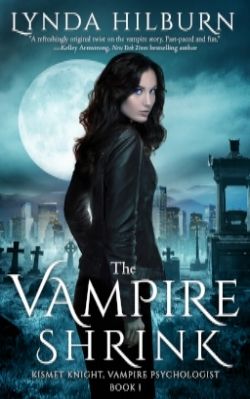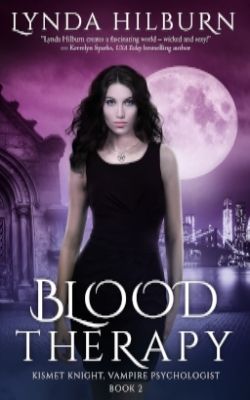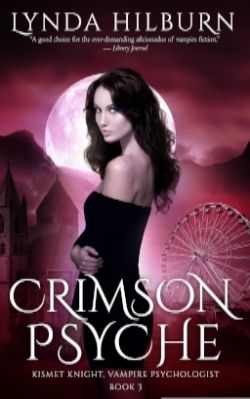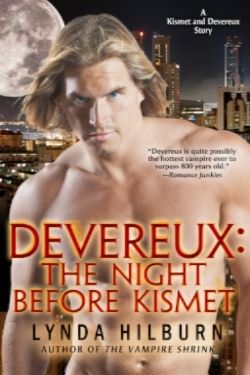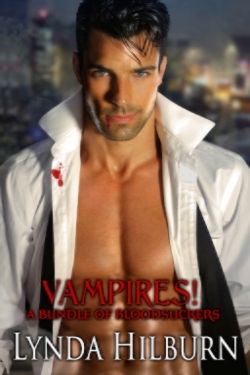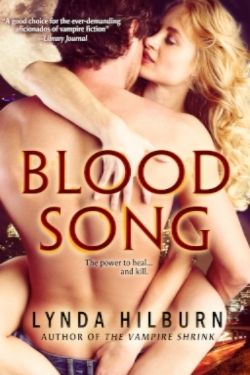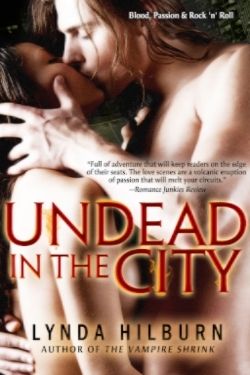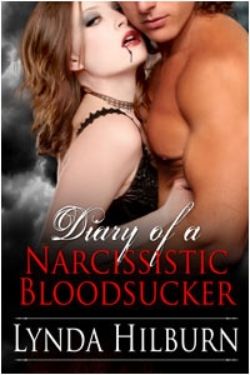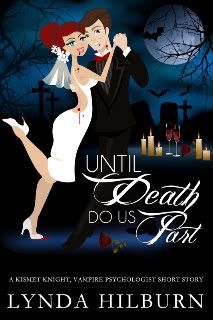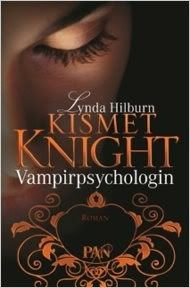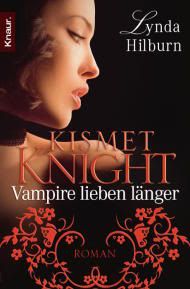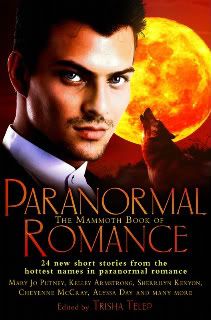Vampire Monday: E.F. Watkins

Why Vampires Are (and Always Will Be) Popular
So far, I’ve lived through the vampire craze of the 1960s, inspired first by Hammer Films and later the series Dark Shadows; the resurgence of interest in the early 1970s, sparked by popular books on the historical Dracula and the Frank Langella play on Broadway; again in the mid-70s, with the success of Stephen King’s Salem’s Lot and Anne Rice’s Interview with the Vampire; and several mini-revivals during the ‘80s and 90s. Of course, in the 2000s we’ve gone batty again with True Blood, Twilight and The Vampire Diaries.
Why does the image of the vampire have such undying appeal? I think because, as developed over the ages by various authors and filmmakers, he has come to embody a range of qualities that both frighten and fascinate us.
1. Eternal life: We all think we’d like to live forever, even though it could have its drawbacks. Since the vampire usually keeps the appearance he had when he died, he can remain forever young or at least in the prime of life. In terms of story lines, this trait also links him with the past -- he can re-encounter his lost loves or old enemies in reincarnated form. But on the dark side, he’s a walking dead man who seems to know the secrets of the grave, and beyond. And of course, he must drink blood to survive.
2. Drinking blood: A great metaphor for thriving at the expense of others -- and don’t we all know someone like that! Depending on the approach of the author, a vampire can attack violently like a werewolf and kill each time he bites. Or, like Stoker’s original Dracula, he can drain a victim slowly over time, which is much creepier. His lust for blood has been used to parallel an addiction to sex, alcohol or drugs. It also symbolizes absorbing the victim’s soul or spirit. In some fiction, a vampire can survive on animal, artificial or stored blood; in others, only human blood from a live victim will do.
3. Power over others: The vampire controls his victims mentally. He may use hypnosis or simply gain telepathic control from taking their blood. He can compel these slaves to do his will, even at the risk of their own lives. In Stoker and other traditions, if the vampire master is destroyed, any of his victims who are not yet dead or “turned” recover completely. Again, I think we’ve all met people who have an uncanny ability to either charm or intimidate others into serving their needs, even making the other person act against his own best interests.
4. Creating other vampires: Many novels and movies have treated vampirism as a physical plague, and the old superstitious might have come about to explain the terrifying spread of certain diseases. Sometimes the victim “turns” with just one bite; sometimes s/he must be drained to death; sometimes only a “baptism” -- drinking the master’s blood, too -- causes the change. Even though leaving other vamps in his wake tends to draw suspicion, a fictional bloodsucker may feel compelled to create a mate of his own kind, or a whole kindred community, to relieve his…
5. Loneliness: Whether isolated or part of a vampire clan, he lives as a social outcast. In modern books and movies, vampires sometimes parallel gang-bangers, street people, gays and minorities -- anyone seen as out of the mainstream. The vampire can never fully relate to humans, because at worst he feeds off them and at best he outlives them. Well, which of us hasn’t felt, at least from time to time, completely misunderstood and cut off from the rest of humanity? So we have to feel for the poor guy, or gal.
6. Special powers & weaknesses. He’s invulnerable to the usual weapons such as guns and knives and has superhuman strength, speed and agility. He may also read minds, move things with his mind, disappear and reappear or change into a mist or an animal. All of those traits sound pretty cool! However, in many plots he also is vulnerable to certain religious and folk symbols and to sunlight. In Stoker’s novel, Dracula could go out in the daytime but could not use his special powers then. Whether or not a vampire needs to lie in a coffin, he usual rests in darkness to recharge. We sympathize with a creature who lives mainly at night, but at the same time, it gives him even more mystery and glamour.
7. Sensuality. Most vampires have heightened, animalistic senses and superhuman stamina. The more subtle ones seduce, rather than overpower, their victims. And whether or not they can have “normal” sex with humans or other vampires, the bite symbolizes a sexual act. Psychologists have theorized that losing yourself in great sex is like “a little death,” and with even a romantic, considerate vampire, his lover is literally risking death to have him. Talk about the lure of the forbidden!
Every author emphasizes certain traits over others and creates a slightly different set of guidelines. Stoker’s vamps were bound by different rules than those of Stephen King, Anne Rice or Charlaine Harris. But that is why, as a character, the vampire lives on and on -- because he represents so many things to different people. Though a monster, he can teach us a lot about what it means to be human.
E. F. Watkins specializes in paranormal suspense, and since 2003 has published six novels with Amber Quill Press LLC. Her first, DANCE WITH THE DRAGON, received a 2004 EPPIE Award from the national organization EPIC (Electronically Published Internet Connection.) as Best Horror Novel. Next came the romantic mystery RIDE A DANCING HORSE (as “Eileen Watkins”). Her third book, BLACK FLOWERS, was a Finalist in the Thriller category for both the 2006 EPPIEs and the 2007 Indie Excellence Book Awards. She also has published the paranormal thrillers PARAGON and DANU’S CHILDREN. Her latest, ONE BLOOD, is a prequel to DANCE WITH THE DRAGON and currently a 2012 EPIC eBook finalist. Her website is www.efwatkins.com.
http://amberquill.com/OneBlood.html
*******************
E.F. will give away one copy of her book to a commenter here. Stop back by to see if you won.


